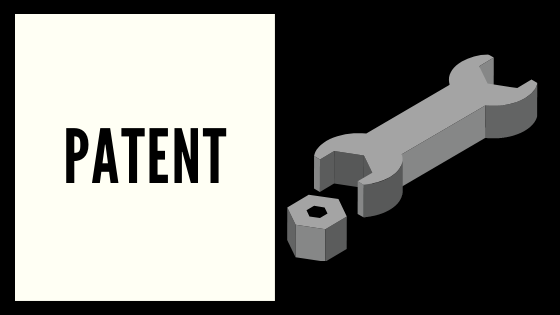
Patents have been around for hundred of years, and there is a basic overview of patents at the US Patent and Trademark office (uspto.gov).
Patents have been around since the early 1600’s and were implemented as a part of a law that prevented a monopoly from occurring. At the time there was an exception which was called a monopoly grant. Such a grant was given under special circumstances for a period of 20 years.
This grant only pertained to new products introduced and to people who would take the business risk in marketing these new products. Of course, certain restrictions applied, and the source of the product had to be disclosed to the competition, so others could market as soon as this 20 year patent disappeared.
This basic concept of the Patent is very similar today. A US utility patent functions the same way it did over three hundred and fifty years ago. The patent disallows anyone else from practicing an invention for a period of 21 years, and afterward anyone can use the invention. Even today, Patents are not renewable as you can see from patent my invention through InventHelp.
In exchange for the patent the inventor has to give out the information on the invention, so that anyone else can use the idea (after the 21 year period). However, if the inventor cannot or has not developed the needed ‘how to’ instructions, then the product cannot be patented.

You can still sell your product and you are not required to have a patent to sell it, however the patent is a form of ‘protection.’ It keeps other people from making it, selling it, or using it without your giving your explicit permission. For instance, if you create an improvement on an existing product, you may have to get permission from the earlier inventor before being permitted to market your new product.
Types of Patents
Utility patent. A utility patent is issued to protect the way a product works and the way it is used. Utility patents can be issued to those who invent new and useful methods, machines, devices, manufactured items and chemical compounds. Utility patents may also be issued for unique and useful improvements to any product or process. This type of patent is only granted when the invention or process has a purpose or function.
Design Patent. A design patent will protect the ornamental appearance of an item. The utilitarian features of the design will not be protected by this type of patent. A design patent is very narrow and specific. Design patents will last for 14 years.
Plant Patent. Plant patents are issued when an individual discovers a new plant species that is grafted and reproduced. This new species must be markedly different from other existing species.
Read more about patents on how to patent an idea with InventHelp article.


